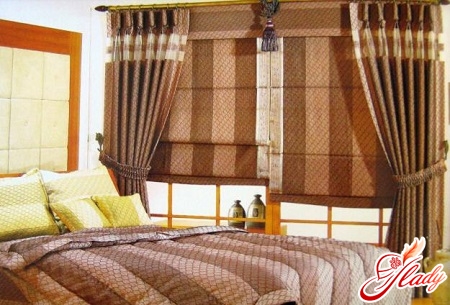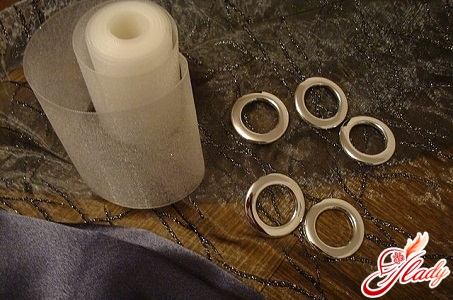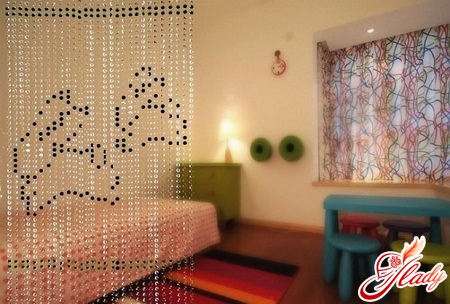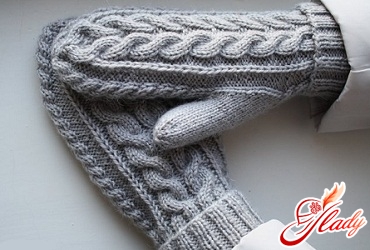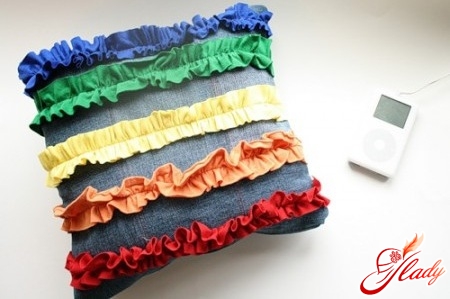 Interior textiles have always been one ofthe main "decoration" of the house. And pillows were present in almost every home: in the East and in the West, in the village and in the city. Sofa cushions and all sorts of little pillows remain a modern and fashionable means of decorating the interior. They are bought or made independently, made large or small, lush or flat, colorful or laconically strict. In general, the scope for handicraft creativity here is almost unlimited. Even in the patchwork style, pillows can be sewn or knitted. Let's try to do this too.
Interior textiles have always been one ofthe main "decoration" of the house. And pillows were present in almost every home: in the East and in the West, in the village and in the city. Sofa cushions and all sorts of little pillows remain a modern and fashionable means of decorating the interior. They are bought or made independently, made large or small, lush or flat, colorful or laconically strict. In general, the scope for handicraft creativity here is almost unlimited. Even in the patchwork style, pillows can be sewn or knitted. Let's try to do this too.
Classic patchwork pillow
Patchwork is great formaking sofa cushions. Made in the traditional patchwork style, sofa cushions will fit into almost any interior. Of course, patchwork is best used to make cushions that decorate interiors in ethnic or rural styles. However, even the minimalist style allows for the presence of cushions in the house. Patchwork is not a complicated technique, but it requires accuracy and perseverance. In order to make sofa cushions for the living room, select scraps that match the tone of the upholstery fabric of the upholstered furniture. You can also use contrasting fabrics or scraps left over from sewing curtains. We will make the front side of the cushion patchwork, and sew the back side from plain fabric. Cut out patchwork squares with a side of ten centimeters: eight variegated and eight plain scraps. Now fold two different scraps with the front sides and stitch them together, and then iron the seams. After that, we sew together two pairs in the same way so that the printed and plain patches are adjacent. As a result, we will get four strips consisting of four squares. Now all that remains is to connect the strips into a single piece: just three stitches on the machine. Just arrange the strips so that the squares on the pillow are staggered. For the back side of the pillowcase, take a piece of plain fabric the size of the patchwork plus about twenty centimeters (on one side) for the hem of the pillowcase. We fold this hem to the wrong side and stitch it, making a kind of pocket. Now we fold both parts of the pillowcase with the right sides and stitch along three sides: the side of the pillowcase with the hem remains open. We process (in the fold) the patchwork edge and iron the seams. The pillowcase is ready.
Knitted Patchwork Pillow
Sofa cushions can be sewn not only inpatchwork technique. Knitted patchwork is also suitable for making this interior element. Let's try to make a round tube pillow, and we use patchwork here only as a design idea. For such a pillow, we will need the remains of yarn of all sorts of colors, a sheet of foam rubber of medium thickness, a zipper (long) and a hook. We will assemble the patchwork fabric from separate multi-colored motifs. We begin to knit each motif in a circle, knitting openwork flowers, and we will finish by closing the flower in a square frame. Which patterns to use for knitting is a personal matter for everyone, and the choice of pattern depends only on the skill and artistic preferences of the needlewoman. Then we collect all the motifs into a rectangular patchwork fabric and close it into a ring (tube), connecting two opposite edges. Now we knit two round bottoms with single crochets. The circumference of the bottoms should be equal to the length of the fabric along the free (not connected) edges. We tie one finished bottom to the first open end of the pipe, and attach the second bottom to the pipe using a zipper. And here we will also have to use sewing, but not patchwork, but a regular machine stitch (or do it by hand). Sew one edge of the zipper along the circumference of the bottom, and the second along the edge of the pipe. In this way, we will get a pipe pillow with a “lid”. All that remains is to roll the foam rubber into a roll and use it as stuffing for the pillow. It is very easy to remove the knitted pillowcase from this pillow due to the zipper. Therefore, if necessary, you can replace the foam rubber and wash the pillowcase.
Jeans Patchwork Pillow
Another way to use patchworksewing for the interior, which also allows you to find a second life for old denim items. First, collect all the jeans that you will no longer wear, cut off and rip the legs, then wash and iron the fabric. After that, cut squares or rectangles from the denim fabric, which will become a patchwork fabric. The sewing technique here is no different from that used in traditional patchwork. First, sew the patches in pairs (folding them with the right sides together), then sew strips from them, and collect the strips into a single piece of fabric. Iron the seams well. Make two square pieces for the pillow: both from denim patches. After that, fold both pieces face to face and stitch them along three sides. Iron the seams again, turn the pillowcase inside out and stuff the pillow with padding polyester or holofiber. After that, carefully and firmly sew the open edge of the pillow by hand. You can wash it directly in the washing machine without removing the pillowcase.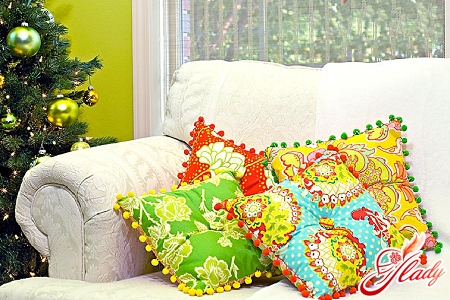
Cushion-style patchwork cushion
For such a pillow we will need scraps of fabricof various colors and textures, large enough pieces for the back of the pillowcase and for the patchwork base, as well as braid (cords or ribbons) for decorating the seams. We start sewing from the front side of the pillowcase. We cut out a square of the required size and sew patches onto it - elements of arbitrary shape. Crazy patchwork is done in a special way (different from the traditional one). First, we put the most irregularly shaped patch in the center of the base, secure it with pins and sew it along the edges. We apply the next patch to the first one (it is possible to overlap it) and sew it on too. We cut off the excess fabric beyond the seam with scissors and iron it. In this way, we collect the entire patchwork fabric, after which we decorate the seams with embroidery or mask them with braid, ribbons and cords. We align the edges of the part (front side), cutting off the flaps and braid that extend beyond its edges. We trim the bottom edge of the pillowcase (which will be open) with piping. We sew the back side of the pillowcase with a fold, into which the pillow will be tucked. We start sewing with a pattern of the required size: the size of the first part plus twenty centimeters for the fold. We get a rectangle, one side of which is twenty centimeters longer. We process one short edge, wrap the fabric to the back side, making a fold-pocket, and sew the edges of the fold. Now we fold both parts with the front sides and stitch them along the top edge and along the sides of the pillowcase. We iron the seams, iron the entire pillowcase again, put it on the pillow and admire the result of our work. These are the kind of patchwork pillows you can use to decorate your interior. Note that sofa cushions can be sewn straight away as patchwork if the cushion "filling" is machine washable and dries quickly. If you want to decorate cushions that cannot be washed, it is best to "dress" them in pillowcases. Sew, knit, create! May your home remain cozy and your craftsmanship improve. Good luck! We recommend reading:




